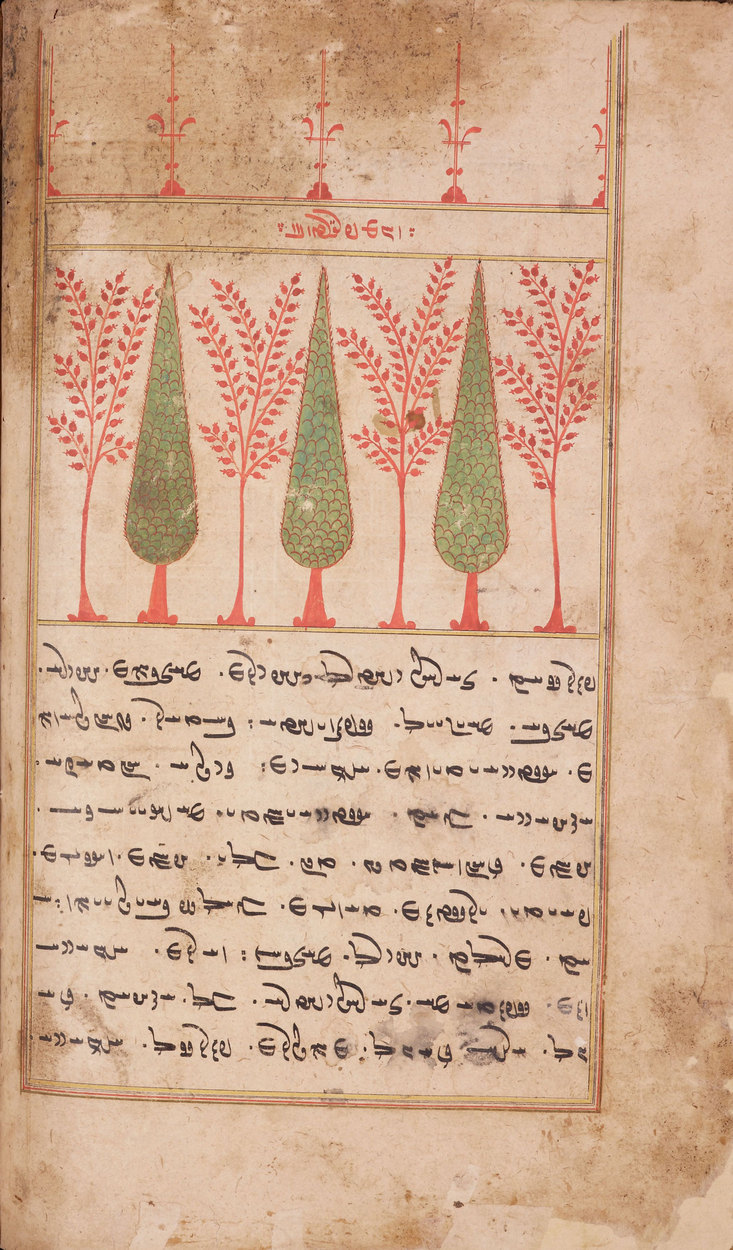Zoroastrian Scribes and Scribal Practices During the Safavid Period (1501–1722)
2023–2025
RFI08

Our knowledge of Zoroastrians in Iran during the 11th to 16th centuries, especially regarding manuscript production, is limited due to a lack of sources or their silence. The landscape changes with the ascent of the Safavid Empire (1501–1722 CE), bringing forth more sources on Zoroastrians in Iran. This allows us to delve into their history, specifically in conjunction with the Zoroastrian Parsi community in India. This research zeroes in on the Safavid period, examining extant Avestan and Middle Persian manuscripts. It draws on insights from the Zoroastrian New Persian Revāyāt (written correspondences) exchanged between Iranian and Indian Zoroastrians during this era when the transfer of Zoroastrian manuscripts from Iran to India occurred. The project’s objective is to unravel the history of Zoroastrian scribal families and their practices. A key focus is on understanding the role of scribes and copyists, taking into account their technical skills in manuscript production – covering aspects like calligraphy, binding, paper quality, and more. Additionally, the reputation of the scribes and copyists as authoritative priests at the same time holds significance in shaping manuscript production during this period. The study delves further into the prosopographical details of the scribes, the intricacies of manuscript copying, and the historical conditions under which these manuscripts were crafted. Moreover, the project aims to scrutinise how the Zoroastrian manuscripts were preserved and passed down through successive generations and communities.
People
Project lead: Shervin Farridnejad
Research Associate: Niloofar Homayoonzad
